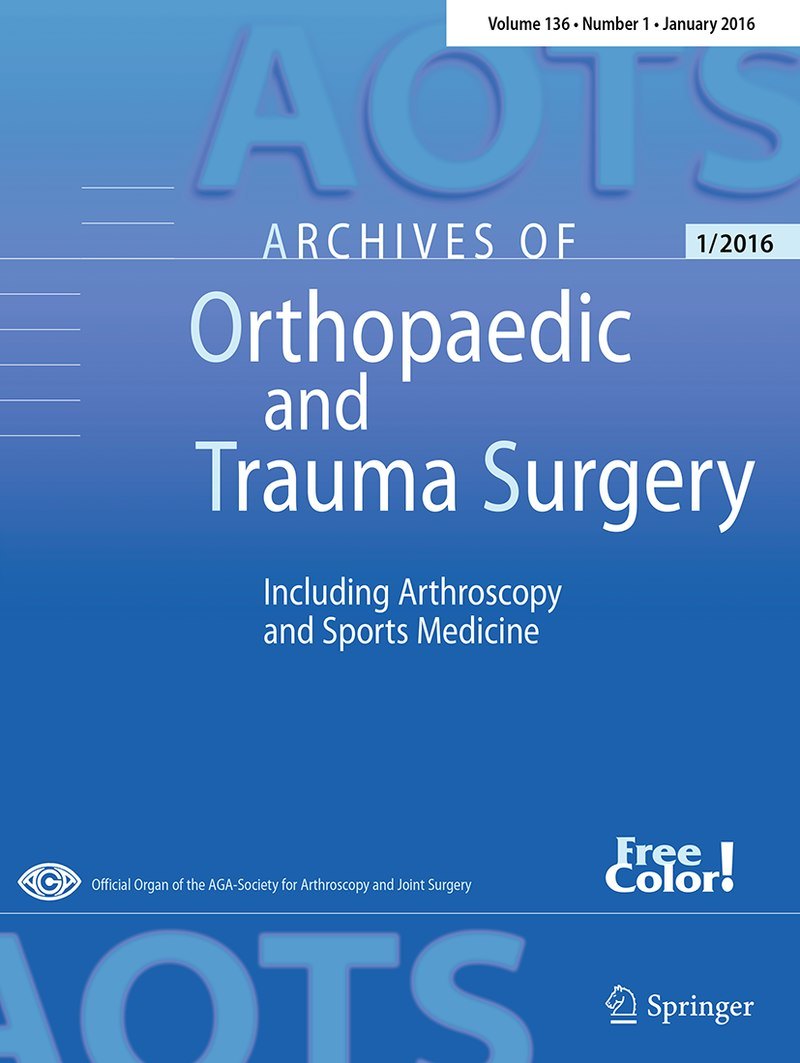
Functional Recovery & Pain Control Following Pericapsular Nerve Group Block Following Hip Surgeries

Functional Recovery & Pain Control Following Pericapsular Nerve Group Block Following Hip Surgeries
Functional recovery and pain control following Pericapsular Nerve Group (PENG) block following hip surgeries: a systematic review and meta-analysis of randomised controlled trials.
Arch Orthop Trauma Surg. 2025 Mar 19;145(1):198.Did you know you're eligible to earn 0.5 CME credits for reading this report? Click Here
Synopsis
Nineteen studies including 1,682 patients undergoing hip surgery were included in this systematic review and meta-analysis comparing the PENG block versus no block or other regional anaesthesia techniques. Pooled outcomes of interest included functional recovery (motor weakness), total postoperative opioid consumption, time to first rescue analgesia, and length of hospital stay. The PENG block sig...
To view the full content, login to your account,
or start your 30-day FREE Trial today.
FREE TRIAL
LOGIN
Forgot Password?
Explore some of our unlocked ACE Reports below!

Learn about our AI Driven
High Impact Search Feature
Our AI driven High Impact metric calculates the impact an article will have by considering both the publishing journal and the content of the article itself. Built using the latest advances in natural language processing, OE High Impact predicts an article’s future number of citations better than impact factor alone.
Continue



 LOGIN
LOGIN

Join the Conversation
Please Login or Join to leave comments.